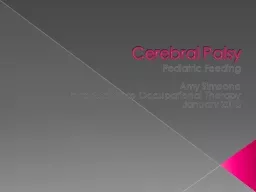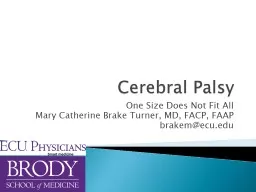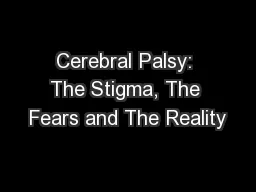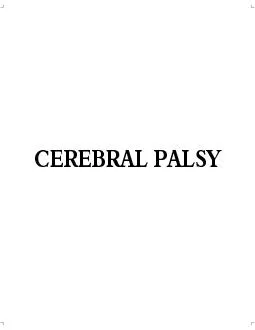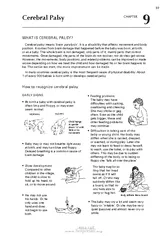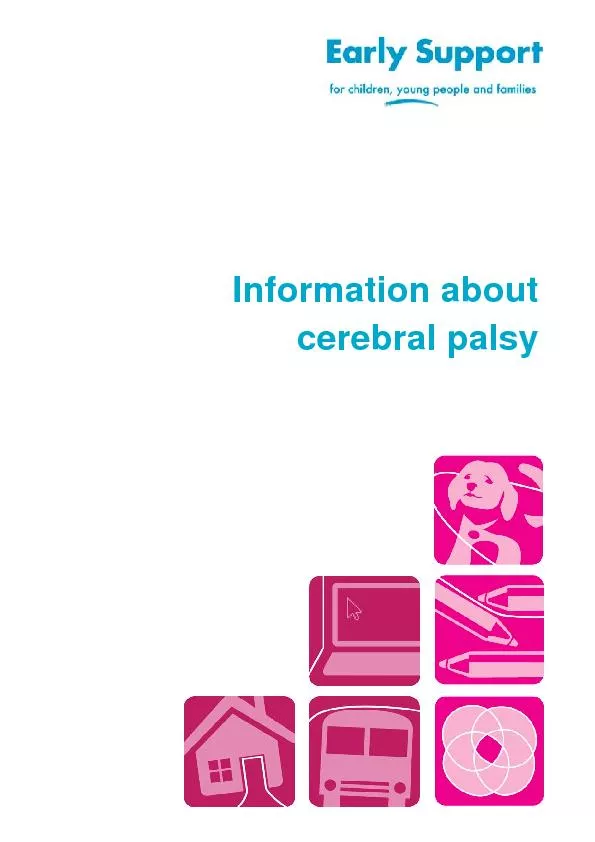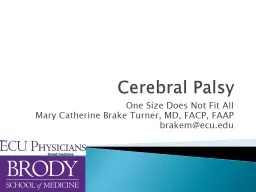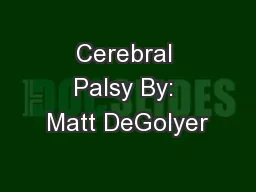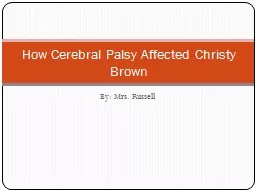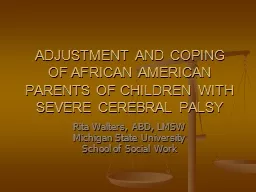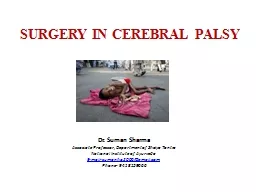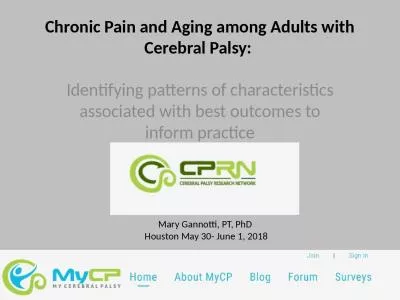PPT-Cerebral Palsy Pediatric Feeding
Author : aaron | Published Date : 2018-03-21
Amy Simeone Introduction to Occupational Therapy January 2015 Some background about me Graduated with my BS in Healthcare Administration from Quinnipiac University
Presentation Embed Code
Download Presentation
Download Presentation The PPT/PDF document "Cerebral Palsy Pediatric Feeding" is the property of its rightful owner. Permission is granted to download and print the materials on this website for personal, non-commercial use only, and to display it on your personal computer provided you do not modify the materials and that you retain all copyright notices contained in the materials. By downloading content from our website, you accept the terms of this agreement.
Cerebral Palsy Pediatric Feeding: Transcript
Download Rules Of Document
"Cerebral Palsy Pediatric Feeding"The content belongs to its owner. You may download and print it for personal use, without modification, and keep all copyright notices. By downloading, you agree to these terms.
Related Documents

